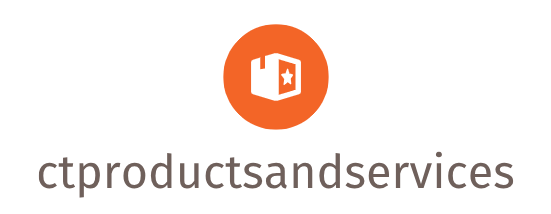
Understanding the DASH Diet’s Core Principles
The DASH (Dietary Approaches to Stop Hypertension) diet isn’t just about lowering blood pressure; it’s a comprehensive eating plan focused on overall heart health. It emphasizes fruits, vegetables, whole grains, and lean protein, while limiting saturated and trans fats, cholesterol, and sodium. The beauty of DASH is its flexibility – it’s not a strict diet, but a sustainable lifestyle change. You can adapt it to your preferences and needs, making it easier to stick with long-term.
Breakfast: Quick & Healthy Starts to Your Day
Starting your day with a DASH-friendly breakfast sets the tone for healthy eating. A simple oatmeal with berries and a sprinkle of nuts is both delicious and packed with fiber. Greek yogurt with fruit is another great option, providing protein and calcium. Even something as easy as a whole-wheat toast with avocado and a poached egg fits perfectly within the DASH guidelines. The key is to choose whole grains, lean protein, and plenty of fruits or vegetables.
Lunch: Satisfying and Heart-Healthy Meals
Lunch doesn’t have to be complicated. A large salad with grilled chicken or fish, plenty of colorful vegetables, and a light vinaigrette is a perfect DASH lunch. Leftovers from dinner also work well, providing a convenient and healthy meal. Consider lentil soup, a hearty and fiber-rich option, or a whole-wheat sandwich with lean turkey or hummus. Remember to control portion sizes to manage your calorie intake effectively.
Dinner: Flavorful and Nutritious Evening Meals
Dinner is often the most challenging meal to plan, but it doesn’t have to be stressful. Baked salmon with roasted vegetables is both flavorful and packed with nutrients. Chicken stir-fry with brown rice is another excellent option, allowing you to load up on colorful vegetables. Lean ground turkey chili is a hearty and satisfying choice, perfect for colder evenings. The key is to focus on lean protein sources, whole grains, and a variety of vegetables.
Snacks: Smart Choices to Keep You Going
Snacking is important to keep your energy levels up and prevent overeating at mealtimes. However, it’s crucial to choose healthy options that align with the DASH diet. A handful of almonds or walnuts, a piece of fruit (apple, banana, orange), or a small container of Greek yogurt are all excellent choices. Air-popped popcorn is another surprisingly healthy snack, offering fiber and whole grains. Avoid processed snacks, sugary drinks, and excessive amounts of saturated or unhealthy fats.
Simple Recipe: DASH-Friendly Chicken and Vegetable Stir-Fry
This recipe is quick, easy, and packed with flavor. Dice chicken breast into bite-sized pieces and stir-fry with broccoli florets, sliced bell peppers, and snap peas. Season with a low-sodium soy sauce, ginger, and garlic. Serve over a bed of brown rice. This meal is rich in lean protein, fiber, and vitamins, making it a perfect example of a DASH-friendly dinner. You can easily adjust the vegetables based on your preferences and what’s in season.
Simple Recipe: Hearty Lentil Soup
This soup is both nutritious and satisfying. Sauté onions, carrots, and celery in a pot. Add lentils, vegetable broth, diced tomatoes, and your favorite spices (cumin, coriander, turmeric work well). Simmer until the lentils are tender. This soup is high in fiber and protein, making it an excellent choice for lunch or dinner. You can easily add other vegetables, like spinach or zucchini, to increase the nutritional value further.
Hydration: The Often Overlooked Key
Water is crucial for overall health and is especially important when following the DASH diet. Aim to drink plenty of water throughout the day to stay hydrated. Limit sugary drinks like soda and juice, as these can contribute to weight gain and negatively impact blood pressure. Unsweetened tea or infused water are great alternatives for staying hydrated and adding flavor to your water intake.
Making it a Lifestyle, Not a Diet
The DASH diet isn’t just a temporary fix; it’s a lifestyle change. Focus on making gradual, sustainable changes to your eating habits rather than drastic overhauls. Incorporate more fruits, vegetables, and whole grains into your diet, and gradually reduce your intake of sodium, saturated fats, and unhealthy processed foods. Remember to consult with your doctor or a registered dietitian to create a personalized DASH plan that meets your individual needs and health goals. Please click here about dash diet meal plan






.jpg)


